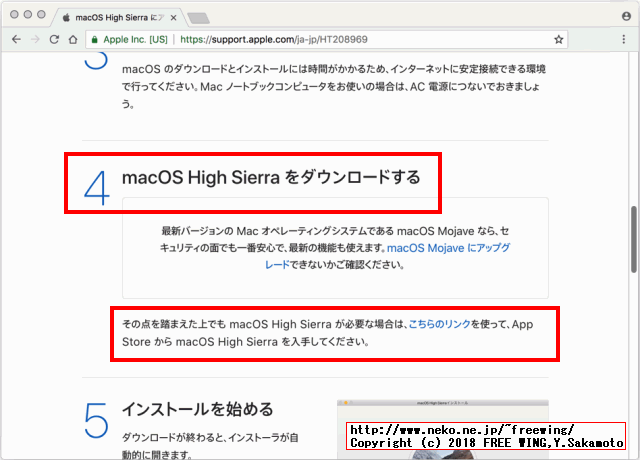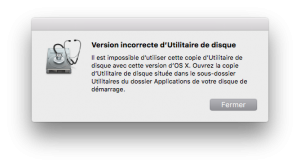
Now that the files are in the right place, you need to make sure SSL is working. I typically create a folder named “ssl” under the /etc/apache2 directory, and move the newly minted files there: robweaver:~ robweaver$ sudo mv accuweaver.* /etc/apache2/ssl/ The next step is to copy the key pair to somewhere that Apache can get to them.

So you now have a certificate as well as a key, which you can use to serve SSL traffic. Subject=/C=US/ST=Utah/L=Salt Lake City/O=Workfront/OU=Web/CN=accuweaver With that key in hand, you’ll need to generate the certificate, with a bit simpler command that reads both the CSR and KEY files to create the CRT file: robweaver:~ robweaver$ openssl x509 -req -days 365 -in accuweaver.csr -signkey accuweaver.key -out accuweaver.crt Writing new private key to 'accuweaver.key' Running that command in a Terminal window will look something like this: robweaver:~ robweaver$ openssl req -new -newkey rsa:2048 -nodes -out accuweaver.csr -keyout accuweaver.key -subj "/C=US/ST=Utah/L=Salt Lake City/O=Workfront/OU=Web/CN=accuweaver" To make figuring out that command a bit easier, you can go to this cool web page that will build it for you: – you just fill in the form and you’ll end up with the command you need to run in terminal: openssl req -new -newkey rsa:2048 -nodes -out accuweaver.csr -keyout accuweaver.key -subj "/C=US/ST=Utah/L=Salt Lake City/O=Workfront/OU=Web/CN=accuweaver" The first step is to build a CSR, with a not so simple openssl command. So in general, you’re going to want to create a self-signed certificate. If you’re emulating a production box, you could cheat and use the SSL certificate for that box, but that’s probably not a good idea since it would expose your keys if your machine was ever compromised. In order for SSL to work, you need a certificate (along with its’ key), and to make some configuration changes. Out of the box, the Apache config on the Mac doesn’t have SSL set up.

# localhost is used to configure the loopback interface I actually run a local copy of my web site on my Mac, and have it set up as a virtual host so that I can just browse directly to it.īasically I have a dummy entry in my /etc/hosts file that gives me an alias I can use in the browser, so if I type into the URL bar, I get directed to the localhost which serves up content from my ~/Sites/accuweaver folder (I have accuweaver as a vhost in the /etc/apache2/extras/nf file).
#Openssl for mac yosemite install#
If you compare the line command(6): you will see that the package's opt path is not added, which would be but it is present in PATH and the install log also shows that it was installed.For testing, sometimes I need to validate web behaviors like redirects on SSL, and one of the reasons I love the Mac is that it gives me a ready to roll Apache server. configure -prefix=/Users/felix/.rvm/rubies/ruby-2.4.0 -with-opt-dir=/usr/local/opt/libyaml:/usr/local/opt/readline:/usr/local/opt/libksba -disable-install-doc -enable-shared

Output from rvm install ruby-2.4.0 -debug on rvm file: /Users/felix/.rvm/log/1486933838_ruby-2.4.0/configure.logĬurrent path. configure -prefix=/Users/felix/.rvm/rubies/ruby-2.4.0 -with-opt-dir=/usr/local/opt/libyaml:/usr/local/opt/readline:/usr/local/opt/libksba:/usr/local/opt/openssl:/usr/local/opt/libyaml:/usr/local/opt/readline:/usr/local/opt/libksba:/usr/local/opt/openssl -disable-install-doc -enable-shared


 0 kommentar(er)
0 kommentar(er)
